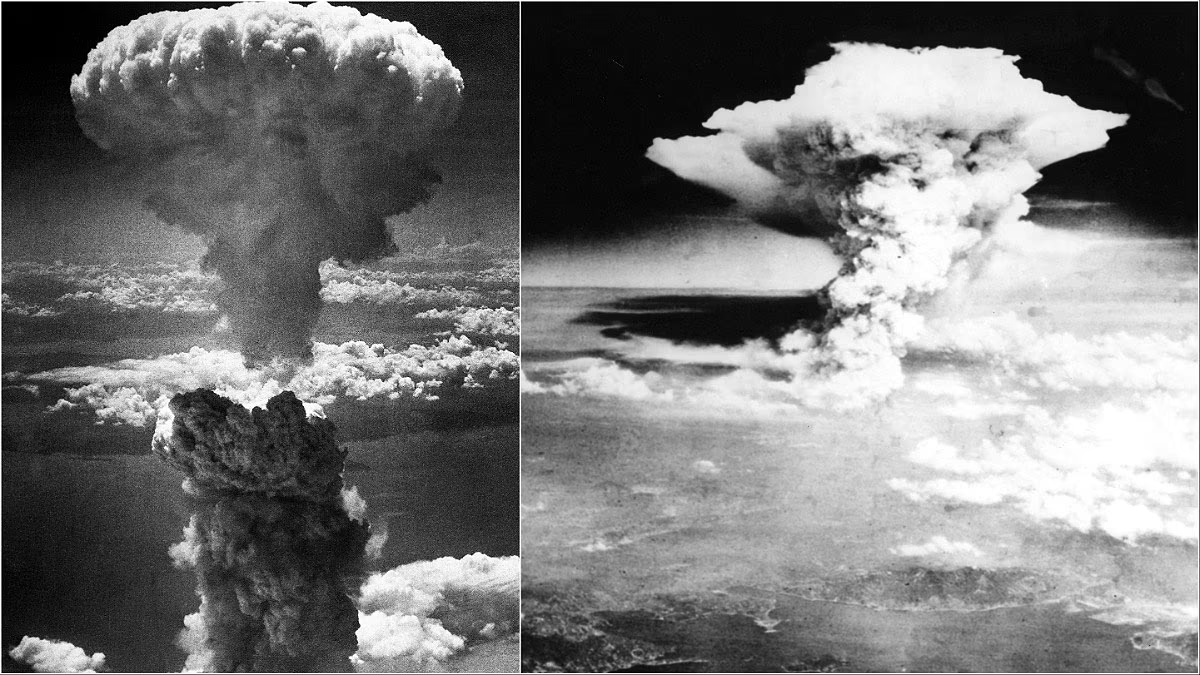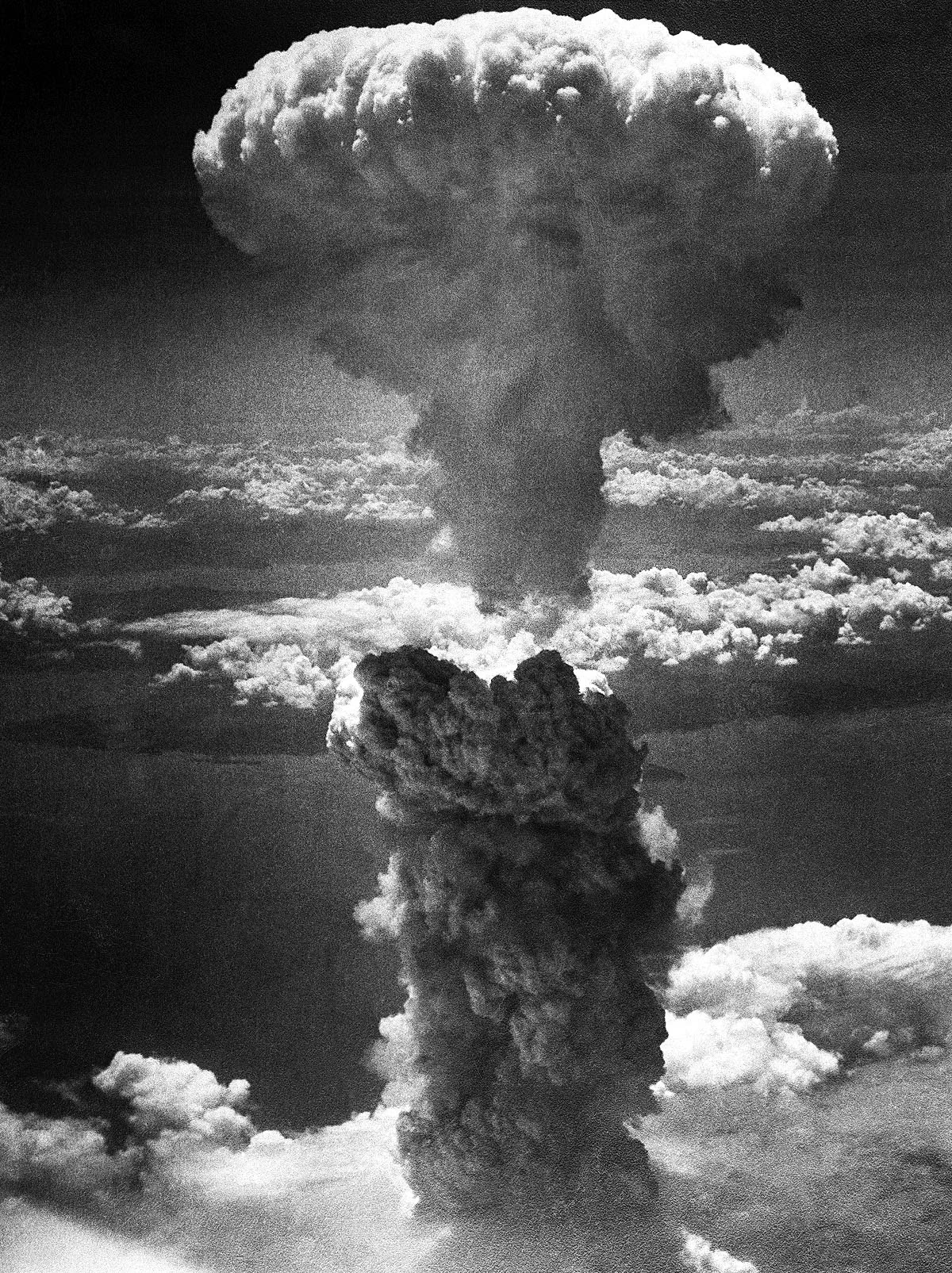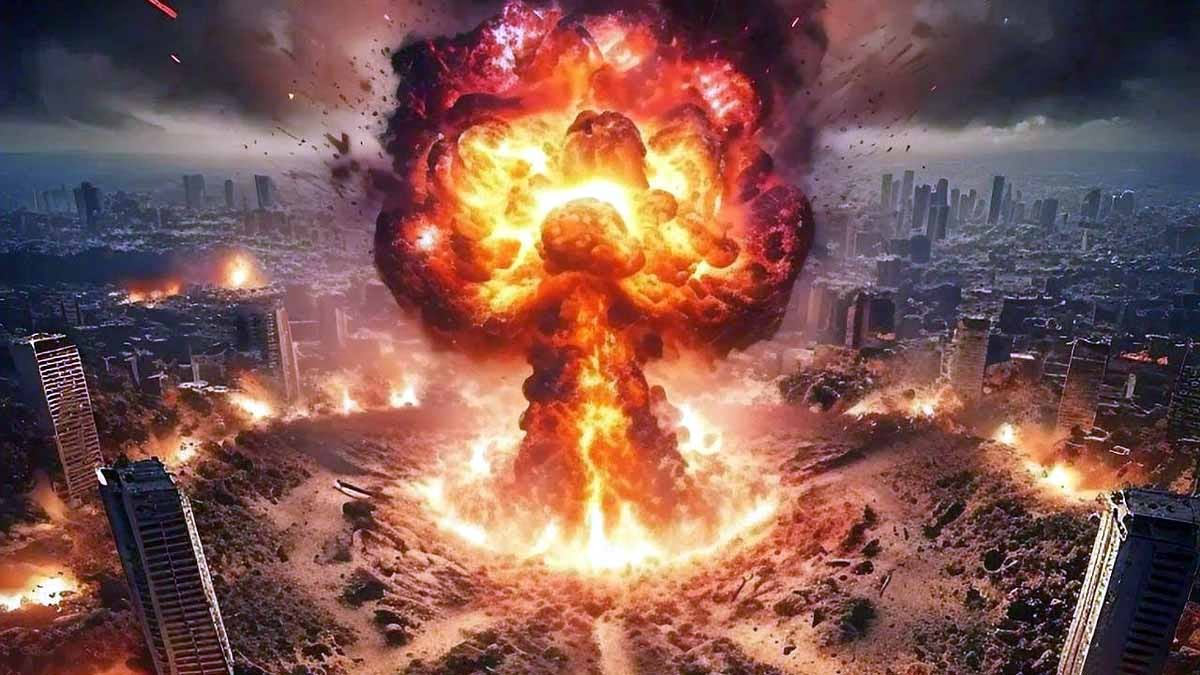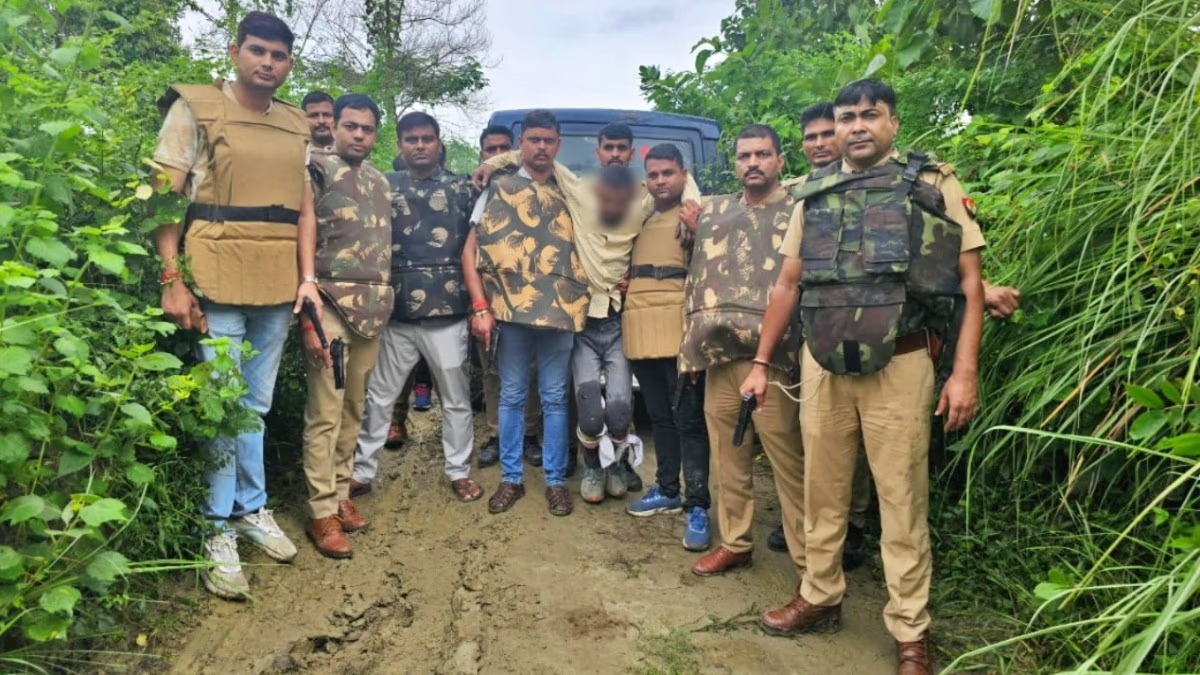In a previous press conference, Rahul Gandhi equated the vote stealing issue to a nuclear bomb and mentioned that his next press conference would be akin to detonating a hydrogen bomb. Politics aside, let's delve into what a hydrogen bomb actually is.
The hydrogen bomb, also known as the thermonuclear bomb, is a tremendously powerful nuclear weapon, surpassing the destructive potential of an atomic bomb. Its detonation could claim millions of lives and is available only to select nations.
A hydrogen bomb represents an advanced nuclear weapon deriving its energy from the fusion of hydrogen isotopes (deuterium and tritium). This process mimics the energy production mechanism of the sun. The bomb initially undergoes a minor nuclear explosion (fission), generating sufficient heat to initiate the fusion of hydrogen isotopes. The resulting energy release is colossal, capable of annihilating vast areas.
Read More: India Prepares for Another Major Missile Test in the Bay of Bengal
The power of a hydrogen bomb is measured in tons or megatons of TNT (explosive). For instance, a 1-megaton hydrogen bomb creates an explosion equivalent to 1 million tons of TNT, making it exponentially more powerful than the atomic bomb dropped on Hiroshima (approximately 15 kilotons).

Source: aajtak
Creating a hydrogen bomb is an intricate and costly endeavor; thus, the technology is restricted to a few countries. The following nations are either confirmed or suspected to possess hydrogen bombs...
United States of America (USA): Tested the first hydrogen bomb in 1952 and possesses thousands of thermonuclear weapons.
Russia: Conducted hydrogen bomb tests in 1953 and maintains a substantial arsenal of such weapons.
United Kingdom (UK): Tested in 1957 with a limited number of hydrogen bombs in its inventory.
France: Tested in 1968, holding several hundred thermonuclear weapons.
China: Conducted hydrogen bomb testing in 1967 and possesses hundreds of these weapons.
North Korea: Claimed a hydrogen bomb test in 2017. While experts question confirmation, it remains a serious matter.
India: In the 1998 'Operation Shakti', India claimed testing a thermonuclear device. Some experts debate whether it's a complete hydrogen bomb, suggesting India likely has limited such weapons.
Pakistan: Lacks concrete evidence of owning a hydrogen bomb but continues efforts to enhance nuclear capabilities.
Read More: US Seeks to Sell Fighter Jets to India, Threatens Canada with the Same
Israel too is rumored to hold nuclear weapons, though unconfirmed about hydrogen bombs. Overall, five nations (USA, Russia, UK, France, China) are certain possessors of hydrogen bombs, while North Korea and India's claims remain contested.
The destructive force of hydrogen bombs is mind-boggling, far surpassing that of atomic bombs. Their effects include...

Source: aajtak
Explosion: A 1-megaton hydrogen bomb could obliterate everything within a radius of 10-15 kilometers. Buildings, roads, and infrastructure would be completely decimated.
Heat: It generates intense heat capable of incinerating anything within several kilometers. Clothing, wood, and plastic would ignite instantly.
Radiation: Post-explosion, radioactive particles disperse in the atmosphere, causing cancer and other illnesses for an extended period.
Shockwave: The air pressure from the explosion is powerful enough to demolish buildings and cause severe injuries to people.
Environmental Damage: Vast regions could witness the destruction of trees, wildlife, and water sources. Radiation contaminates soil and water.
For instance, Russia's 1961 'Tsar Bomba' test, at 50 megatons, showcased an impact felt 100 kilometers away. If unleashed on a city, millions could perish, and the urban landscape would vanish within minutes.
Read More: 10 Tejas Fighter Jets Ready for Delivery, 24 in Various Stages of Preparation
Why is it a Cause for Concern?
The sheer power of the hydrogen bomb poses a grave threat to global peace. Its deployment would immediately claim countless lives and leave long-lasting detrimental effects on health and the environment. Experts label it as 'Mutual Assured Destruction' (MAD), meaning if one country employs it, retaliatory strikes would destroy both parties.
Consequently, international agreements like the START (Strategic Arms Reduction Treaty) and NPT (Non-Proliferation Treaty) aim to reduce nuclear arsenals globally. However, actions by countries like North Korea escalate tensions due to their tests and claims.
India's Scenario
In the 1998 Pokhran-II (Operation Shakti), India tested a thermonuclear device with a yield of 45 kilotons. Although some experts argue it wasn't a successful hydrogen bomb, India regards it as part of its defense strategy.
India's 'No First Use' policy states that it will not engage in a nuclear first strike but will utilize these weapons in retaliation if attacked. India has missiles like Agni-5 capable of delivering hydrogen bombs.




